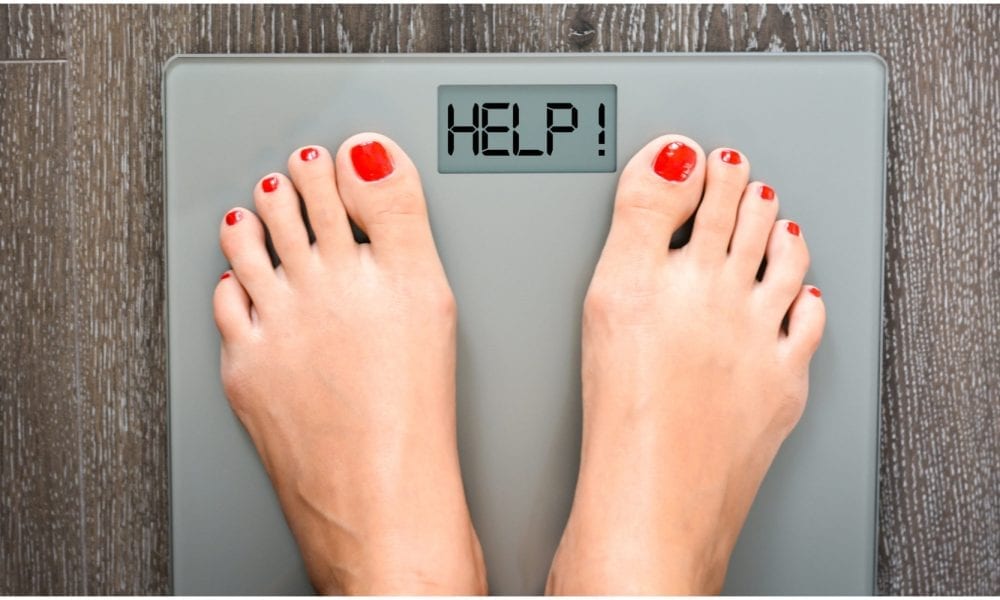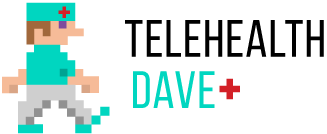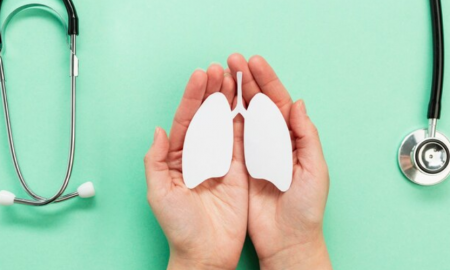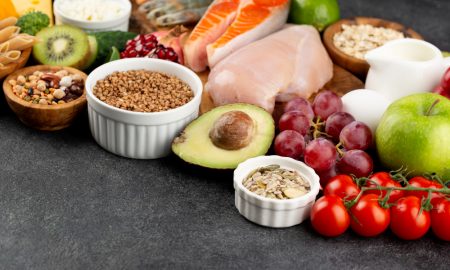
Can You Eat Fat To Beat Fat?

For decades, we are made to believe that the best way of losing fat is to cut down fat from the diet. Nutritionists often advise us to limit our fat intake. However, fats can be broadly categorized into two types – fat that is bad for health such as saturated fats and trans fats and fat that is good for health such as unsaturated fats. Where the former increases LDL cholesterol or triglycerides, the latter lowers LDL and prevents abnormal heartbeats and diseases. Let’s find out whether you can eat fat to beat fat.
Saturated Fats
 Saturated fats or trans fats have one thing in common. Both become solid at room temperature. For example, regular salted butter is nothing else than a marbleized fat in a container. However, bad fats come in liquid form too (for instance, whole milk and coconut oil). Well, these fats generally increase your total cholesterol, further leading to LDL cholesterol, which can cause the formation of blockages in your coronary arteries.
Saturated fats or trans fats have one thing in common. Both become solid at room temperature. For example, regular salted butter is nothing else than a marbleized fat in a container. However, bad fats come in liquid form too (for instance, whole milk and coconut oil). Well, these fats generally increase your total cholesterol, further leading to LDL cholesterol, which can cause the formation of blockages in your coronary arteries.
There are 24 different types of saturated fats, though not all of them are bad for health. These fats are normally found in whole milk, cheese, and several other dairy products, as well as beef. Even a few vegetable oils like palm and coconut oil has saturated fats. Curiously, pure chocolates though contain stearic acid aka saturated fat, are more like an unsaturated fat as it lowers the LDL levels. So, all the chocolate lovers there, fret not. You can continue licking a bar of pure chocolate but in a restricted amount.
Are There Good Fats Too?
 Good fats can be broadly categorized into polyunsaturated fat and monounsaturated fat that mainly comes from fish products and vegetables. Polyunsaturated Fats are necessary for our bodies to function normally. Also, they help to build cell membranes, the sheath around the nerves and the casing of the cell. Similarly, they are equally important to blood clotting, inflammation, and muscle relaxation. They lower LDL and triglycerides, thereby improving our overall cholesterol profile. There are generally two kinds of polyunsaturated fats, which are Omega-3 (n-3) and Omega-6 (n-6).
Good fats can be broadly categorized into polyunsaturated fat and monounsaturated fat that mainly comes from fish products and vegetables. Polyunsaturated Fats are necessary for our bodies to function normally. Also, they help to build cell membranes, the sheath around the nerves and the casing of the cell. Similarly, they are equally important to blood clotting, inflammation, and muscle relaxation. They lower LDL and triglycerides, thereby improving our overall cholesterol profile. There are generally two kinds of polyunsaturated fats, which are Omega-3 (n-3) and Omega-6 (n-6).
Researchers found that omega-3 fatty acids prevent and even can be instrumental in treating heart diseases and autoimmune diseases like eczema, rheumatoid arthritis, and lupus. This fatty acid is generally sourced from fish such as mackerel, sardines, and salmon and walnuts, un-hydrogenated soybean oil, flaxseeds, and canola oil. On the other hand, omega-6s have a greater content of linoleic acid that also works to reduce the risk of heart disease. Omega-6 fatty acids are found in safflower, sunflower, corn oils, walnuts, and soybean.
Eat Fat To Beat Fat: Is It A Gimmick?
 ‘Eat fat to cut the fat’ – this hardly makes any sense, right? It sounds almost absurd when we match it with the old saying – ‘We are what we eat’. However, you can eat fat to beat fat. Here’s how you can do that.
‘Eat fat to cut the fat’ – this hardly makes any sense, right? It sounds almost absurd when we match it with the old saying – ‘We are what we eat’. However, you can eat fat to beat fat. Here’s how you can do that.
Our body secretes hormones based on the food we eat. If you ingest carbs throughout the day, your body will develop a system to burn carbs and store the overage. Likewise, if you eat mostly fat, your body will do the same. However, to eat fat to beat fat, you need to consider MCT (Medium-chain triglycerides), which is found in coconut oil and palm kernel oil.
Even though these carbons are saturated fats, they have a surprising property – they are directly absorbed into the portal vein. When your body can access fat quickly, it becomes capable of burning it quickly as well. As MCT triggers ketone production, it helps to fuel your nervous system’s cell when energy is required from the fat molecules. According to obesity researchers, adding MCT oil in your regular diet can increase fatty acid oxidation, thereby triggering the quick burning of the fat consumed. This way, you can eat fat to ‘burn’ fat.
The key here is to focus more on eating good fats and eliminating bad fats. Avocados, olive oil, nuts, and fish can be consumed as these are sources of good fats. Eggs are a healthier option and an easy source of protein. While many may think that the egg white is more nutritious and not the yolk, this may not be the truth always. The yolk also contains important nutrients too.
More in Nutrition & Weight Loss
-
`
Amanda Bynes Pregnant at 13? Debunking the Rumors
In recent years, the internet has been ablaze with rumors surrounding former child star Amanda Bynes, particularly regarding allegations of a...
July 1, 2024 -
`
Can Baking Soda Clean Your Lungs?
Years of inhaling cigarette smoke, pollution, and other toxins can leave you longing for a way to cleanse your lungs. The...
June 27, 2024 -
`
How to Build Muscle Mass After 60? 5 Proven Strategies
Curious about how to build muscle mass after 60? You are not alone. And the good news is that it is...
June 20, 2024 -
`
Prediabetic Foods That Can Lower Your Blood Sugar in 2024
Prediabetes is a health condition characterized by blood sugar levels that are higher than normal but not high enough to be...
June 13, 2024 -
`
Kelly Clarkson’s Weight Loss Journey | Here Are the Details
Kelly Clarkson’s weight loss has been a hot topic among fans and media alike. The iconic American singer and host of...
June 3, 2024 -
`
Essential Vitamins for Gut Health – A Comprehensive Guide
Our gut does more than just digest food – it plays a vital role in immunity, mood, and overall health. But...
May 30, 2024 -
`
Looking to Build A Stronger Sculpted Back? Try Cable Back Workouts
Back workouts using cables, or cable back workouts as they are commonly known, have become the gold standard for anyone aiming...
May 22, 2024 -
`
How Much Water Should I Drink on Creatine? Hydration Tips
Creatine, a popular supplement among athletes and fitness enthusiasts, has gained widespread recognition for its ability to enhance muscle strength, power,...
May 17, 2024 -
`
What Is Bruce Willis’s Net Worth? Get the Inside Scoop Here!
Bruce Willis, the action hero who has saved the day countless times on screen, has built a legendary career. But how...
May 11, 2024















You must be logged in to post a comment Login